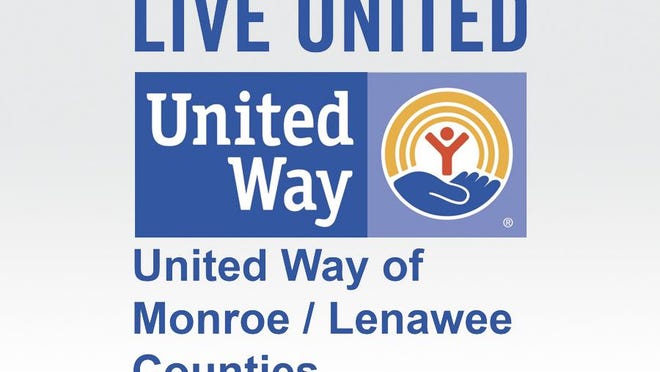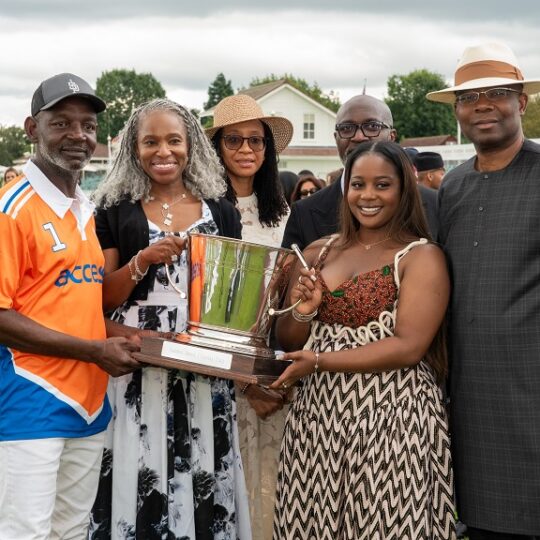

Today is Mother’s Day. I wondered how this special day became a holiday. In my research, I came across these five surprising facts about Mother’s Day in a Good Housekeeping article from April 2020:

1. Anna Reeves Jarvis is most often credited with founding Mother’s Day in honor of her mother, Ann, who passed away in May 1905. She wished to honor her mother and all mothers as a group. The first Mother’s Day celebration took place three years later in Grafton, West Virginia, at Andrews Methodist Episcopal Church. In 1914, President Woodrow Wilson signed a bill recognizing Jarvis’ idea as a national holiday to be celebrated each second Sunday in May.
2. Also credited with the origins of Mother’s Day is activist and author Julia Ward Howe, who floated the idea decades earlier — to promote a Mothers’ Peace Day. For her and the antiwar activists who agreed with her position — including Jarvis’ own mother — the idea of Mother’s Day should spread unity across the globe in the wake of so much trauma following the Civil War in America and Franco-Prussian War in Europe. These early attempts to create a cohesive peace-focused Mother’s Day eventually receded when the other concept took hold.














